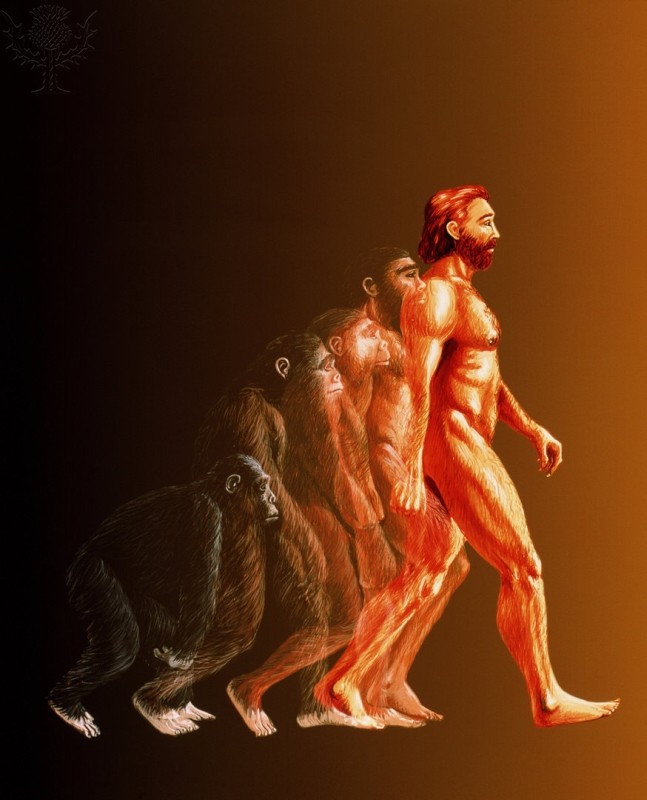It’s Darwin Day on 12th February, so to celebrate the Father of Evolution our Curriculum Specialists have put together a lesson plan for you to use in the classroom.

Anyone can use this plan – but if you’re a Britannica subscriber, you’ll benefit from full access to all of the resources used. If you’re not a subscriber but you’re interested in how we can help your school’s learning resources, don’t worry – just click here and we can set you up with a free 30 day trial.
The theory of evolution by natural selection that was developed by Charles Darwin revolutionized the study of living things. In his Origin of Species(1859) he provided a scientific explanation of how the diverse species of plants and animals have descended over time from common ancestors. His theory remains central to the foundations of modern biology. Moreover, by demonstrating how natural laws govern the world of living things, Darwin helped usher in a new era in the cultural and intellectual history of humankind.
Learning Outcome: To explore Charles Darwin’s life and work
Success Criteria:
- Be able to explain Darwin’s impact on the scientific world.
- Be able to discuss main language features of an information text.
- Be able to begin to show an understanding of evolution.

Tasks:
- Using the above image, ask pupils what they already know about this picture and what they would like to know.
- Ask pupils to consider animals that are specifically adapted to their environments, get pupils to make a list of the animals and the environments they are adopted to. Britannica School subscribers can access this article to help.
- Ask pupils to note down and discuss three facts about Darwin
- Ask pupils to discuss the below quote from Darwin and ask them how it connects with their learning in this lesson.
“It is not the strongest of the species that survives, nor the most intelligent that survives. It is the one that is the most adaptable to change.”
Main Task:
- Ask pupils to create questions that they would like to ask Charles Darwin about his work. This can be done in either mixed ability groups or as an independent task. Britannica School subscribers can access this article to help.
Plenary Task:
- Show pupils the image from the start of the lesson, what have they learnt and how does this link to the image?
Homework:
- Ask students to create their own imaginary animal. Ask them to describe which habitat it would live in and why it is adapted to live there.
Follow up lesson ideas:
- Drama: Hot seating using the questions pupils have written for Charles Darwin.
- Computing / English: Fact files on Darwin’s life and work.
If you want a free demo or trial of any Britannica resources, just click here and one of our team will be in touch to arrange a time to suit you.
Tried it with your class? How did it go? Send us feedback on Facebook or Twitter and tag us @Britannica_UK and #DarwinDay

